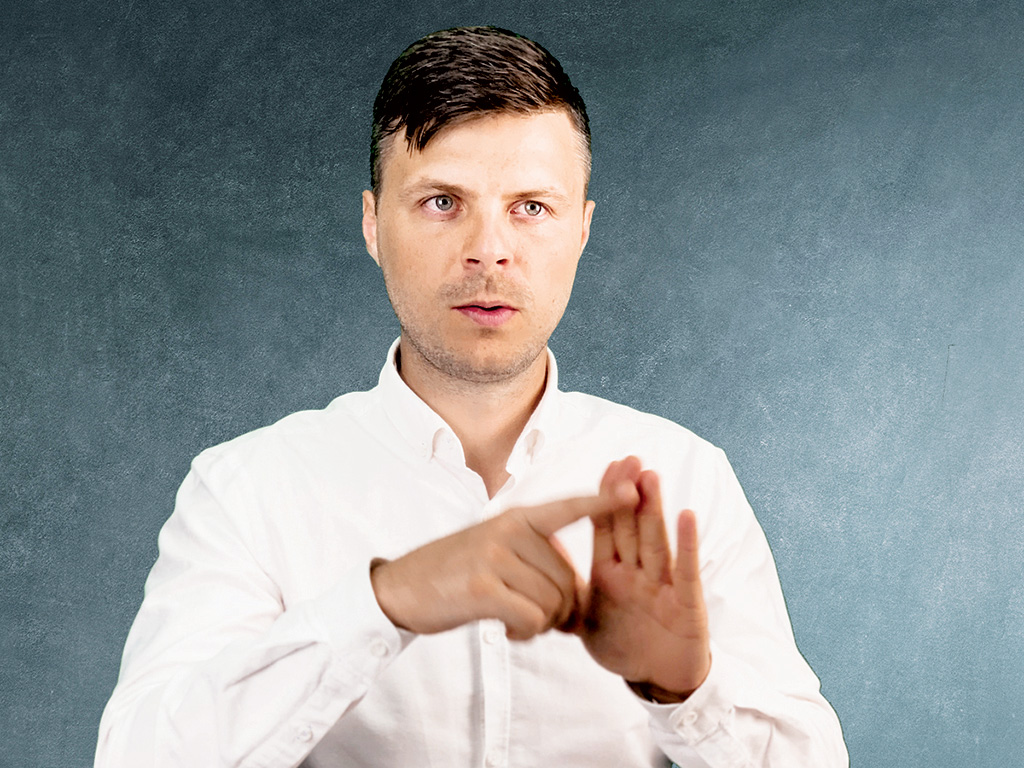
Tourism is about creating unforgettable experiences, from enjoying local delicacies to immersing oneself in captivating environments. However, these often remain out of reach for travellers with disabilities.
According to data from the World Health Organisation (WHO), one in six individuals are living with a disability in the global population, and in the Middle East, around 30 million individuals are recognised as People of Determination. The travel industry is evolving to cater to the diverse needs of travellers. Among these travellers are deaf travellers, who deserve equal access to the joys of exploring new destinations.
Technology has emerged as a powerful tool for bridging the accessibility gap. Innovative solutions like adaptive sightseeing provide deaf individuals with real-time communication support, enabling them to interact with service providers, fellow travellers, and guides. These innovations also underscore that accessible offerings don’t need to be special or distinct; they can be seamlessly woven into the fabric of travel experiences, to ensure that deaf individuals can relish their leisure time without barriers.
According to the European Network for Accessible Tourism, the global economy is suffering a staggering loss of $150 billion annually due to its oversight of the accessible tourism market
WHO reports that approximately 1.5 billion individuals globally experience varying degrees of hearing impairment. For the deaf community, there are communication barriers in everyday life. Today, only a minority of the global population know sign language and help is in shortage. Moreover, much like how every country has national languages and dialects, so does sign language. There are Emirati, British, American and many others, so knowledge of just one is not enough for global travel. Additionally, some customer service channels lack accessible alternatives, such as video relay services or text-based communication, limiting deaf individuals’ ability to seek assistance or resolve concerns effectively.
Last year, 92 per cent of respondents surveyed by Expedia emphasised the importance of travel providers catering to travellers’ accessibility requirements. Consequently, the moral imperative of cultivating a workforce that embodies both compassion and expertise becomes a business necessity for companies operating in the tourism sector. This requires a proactive investment in educating personnel about pivotal elements such as deaf culture nuances, adept communication methodologies and proficiency in various sign languages.
To enhance accessibility for the deaf community, destinations and businesses can implement practical measures. If we zoom into more everyday experiences – imagine a deaf diner who needs to communicate their dietary needs. Through the use of a video-relay app, a quick connection with an interpreter via a QR code, can seamlessly link them to a live sign language interpreter, thereby facilitating fluid communication.
According to the European Network for Accessible Tourism, the global economy is suffering a staggering loss of $150 billion annually due to its oversight of the accessible tourism market. Adding to this, the aforementioned Expedia survey brought to light that a significant 70 per cent of respondents would opt for a more inclusive travel choice, even at a higher cost. This data underscores the remarkable power of inclusive tourism to reshape opportunities for the deaf community.
* Vitalii is co-founder of Amsaan Project
